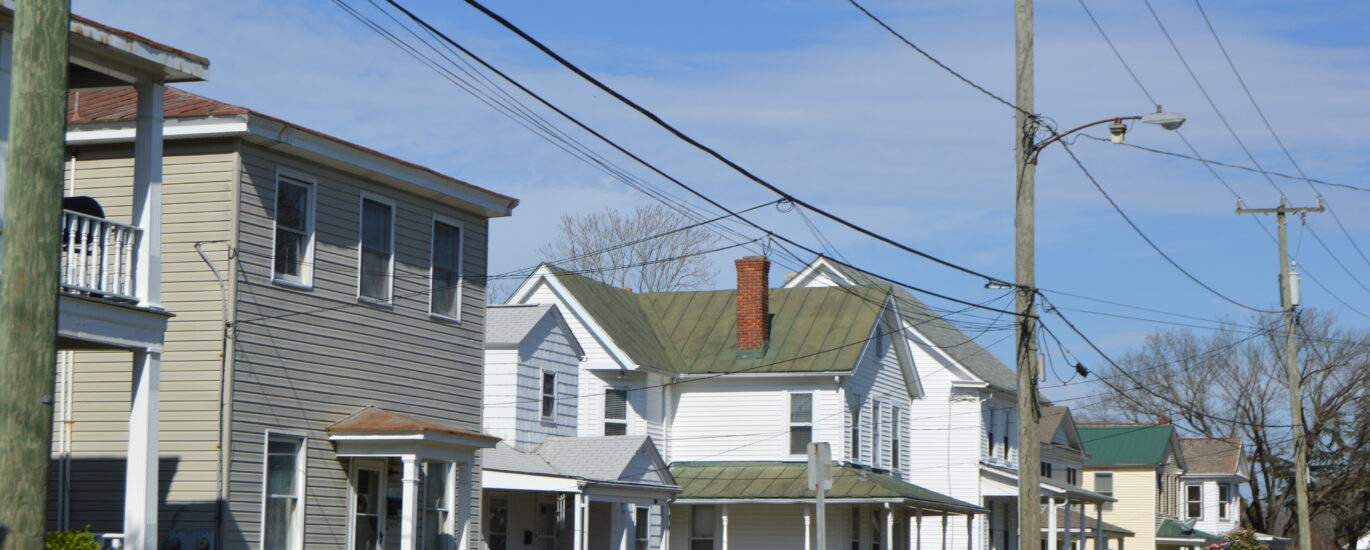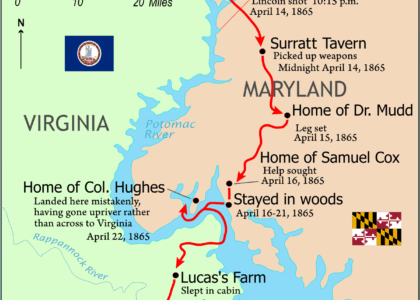Welcome to the South Norfolk Historic District, a place where history whispers the tales of a bygone era. The roots of this historic district are intertwined with the broader narrative of the American South, particularly Virginia’s rich colonial past. Initially part of Norfolk County, the area we now know as South Norfolk was formed through the merger of Norfolk County and the City of South Norfolk in 1963, which then became the City of Chesapeake.
The district’s story begins in the early 20th century, when South Norfolk was a burgeoning town. Established as a separate town in 1919, it quickly developed into a thriving community due to its strategic location along the Elizabeth River, which facilitated trade and transportation. The growth of the town was further accelerated by the establishment of the Norfolk & Western Railway, which increased connectivity and economic opportunities.
During the mid-20th century, South Norfolk became known for its distinctive architectural styles, which include Colonial Revival and Craftsman-style homes. These buildings tell the story of a town that was once a hub for shipbuilding and trade, reflecting the economic prosperity of the time.
Notable figures connected to this area include Adam Thoroughgood, an English colonist who played a significant role in the early settlement of the region. Thoroughgood’s influence is still felt today, as he was instrumental in the naming of the original Norfolk County, after his birthplace in England. Although he lived much earlier, his legacy continued to shape the identity of South Norfolk.
As you walk or drive through the South Norfolk Historic District, imagine the bustling streets of the early 1900s, filled with the sounds of industry and progress. This area played a crucial role in the broader historical context of Virginia, contributing to the state’s development as a center of commerce and culture.
Today, the district is a testament to the resilience and adaptability of its community, maintaining its historical charm while embracing modernity. Its role in protecting and preserving the architectural and cultural heritage of the region makes it a significant historical site worth exploring.





